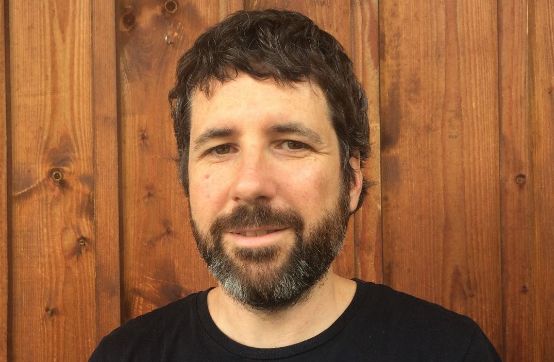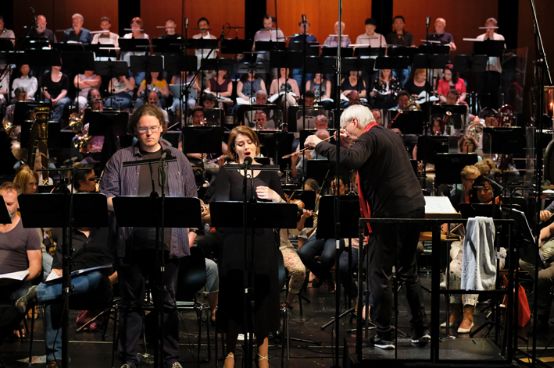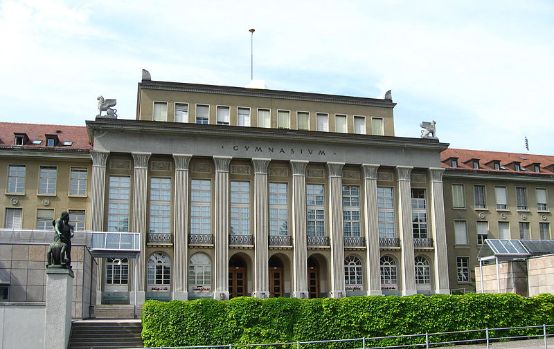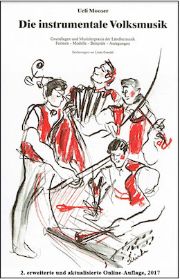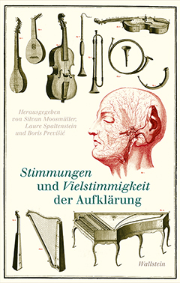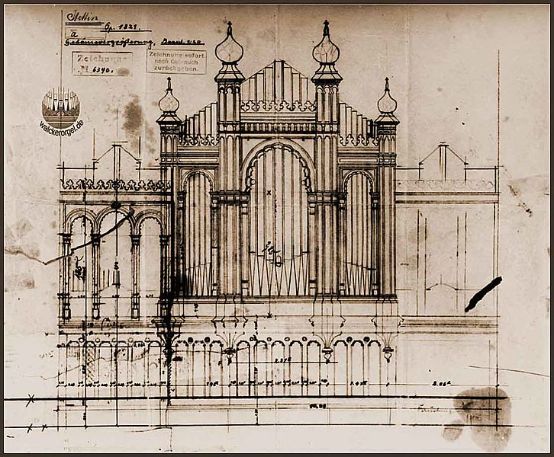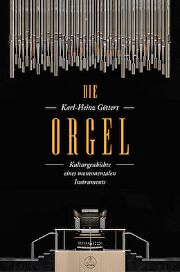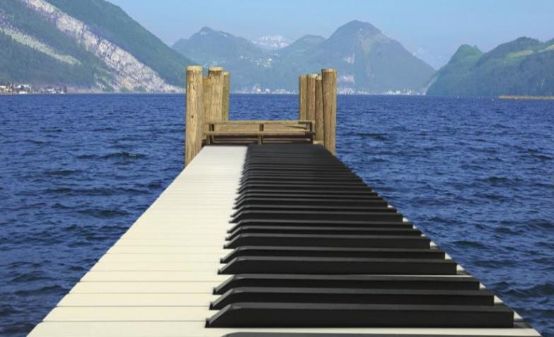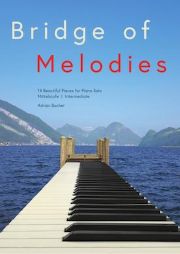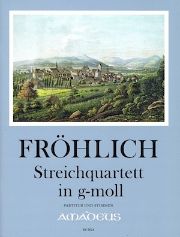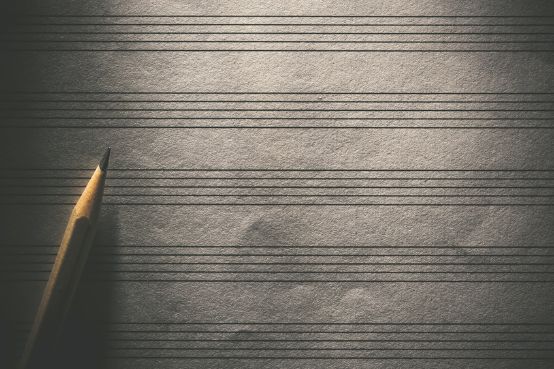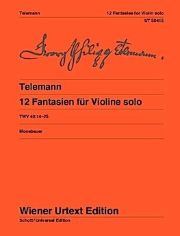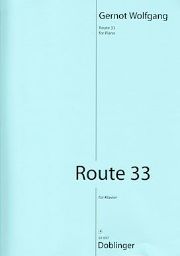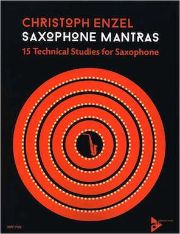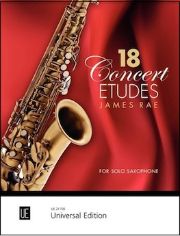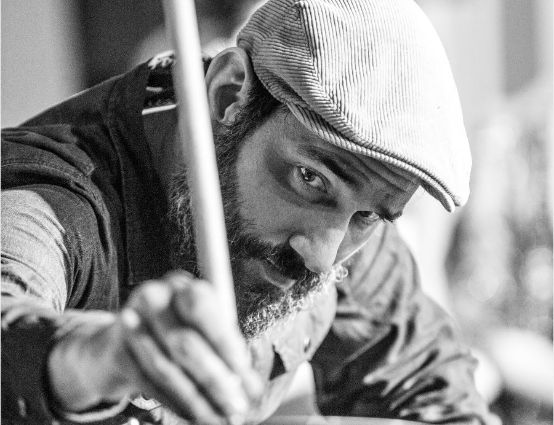Composition competition of the Musikkollegium Winterthur
The Musikkollegium Winterthur organizes an international composition competition under the title "Rychenberg Competition" and awards prize money totalling 100,000 Swiss francs to composers.
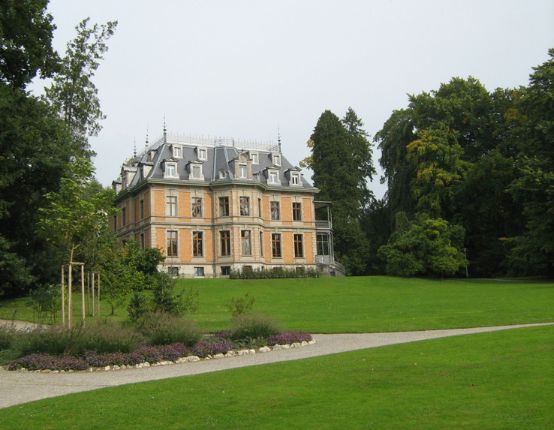
In the 2019/20 season, the Musikkollegium Winterthur is organizing an international composition competition for the first time in its history. Under the title "Rychenberg Competition - International Composition Contest", the Musikkollegium Winterthur intends to address composers of all ages from all countries. Interested parties may register until July 31, 2018 and submit their compositions by the end of March 2019. The compositions must relate to one of the three photo series selected and made available by the Fotomuseum Winterthur for this purpose.
The competition jury includes the composers Alfred Zimmerlin, Bettina Skrzypczak and Martin Wettstein as well as the musicologist Roman Brotbeck and the conductor and principal trumpeter of the Musikkollegium Winterthur Pierre-Alain Monot. From the orchestral works submitted, the jury will select ten works for the first round, which the Musikkollegium Winterthur will record on video. These video recordings will be published online in October 2019 and the public will be invited to vote online for one of the works to receive the Audience Award. Four further prizes will be awarded by the jury.
The Rychenberg Competition aims to promote contemporary music and continue a tradition that began in the first half of the 20th century. Under the aegis of music patron Werner Reinhart, Winterthur became a center of contemporary music with international appeal. Composers such as Anton Webern, Arnold Schönberg, Igor Stravinsky and Richard Strauss composed for and performed with the Musikkollegium Winterthur. Not only composers, but also world-renowned performers and conductors came to Winterthur at Reinhart's invitation and often stayed with him at the Villa Rychenberg, which is now the headquarters of the Musikkollegium Winterthur.
Further information and conditions of participation:






